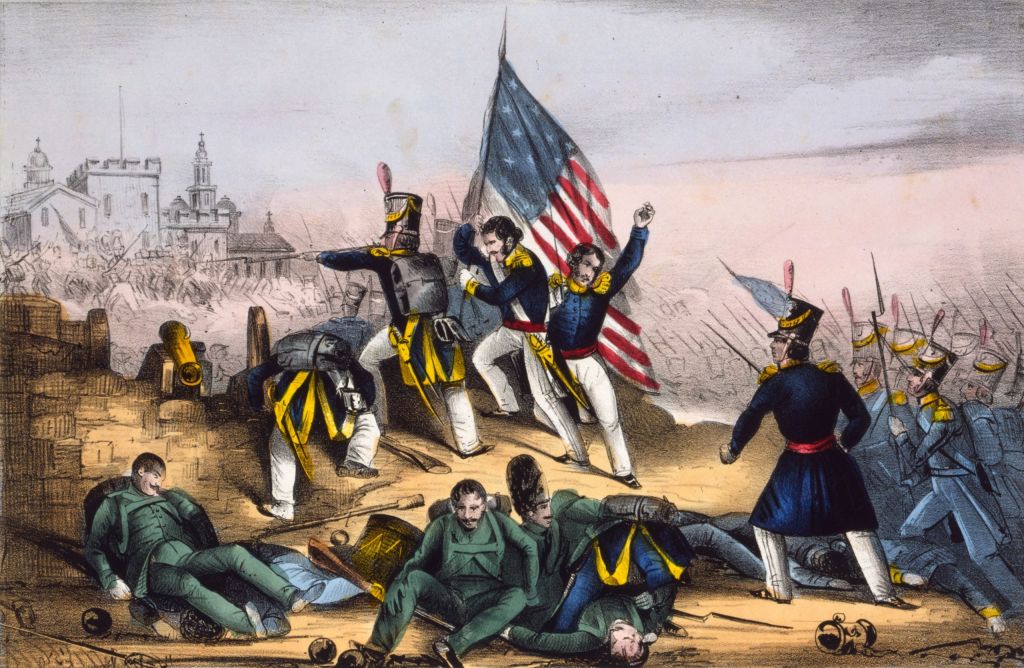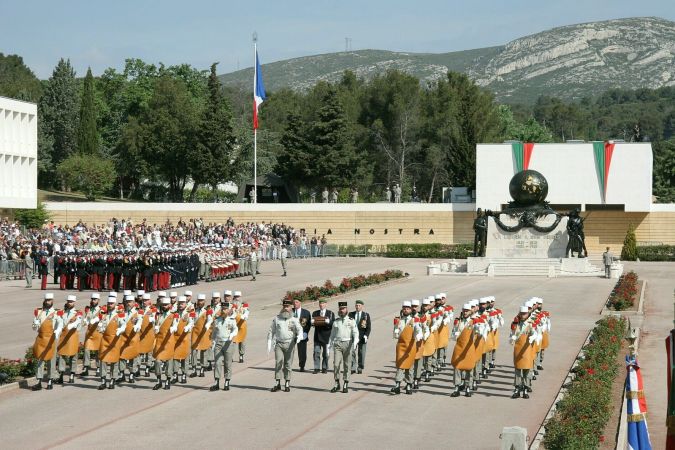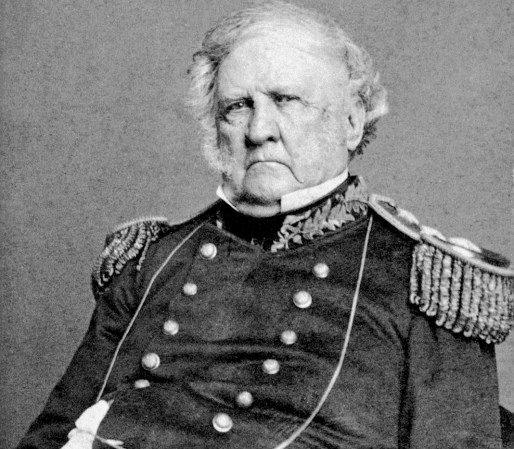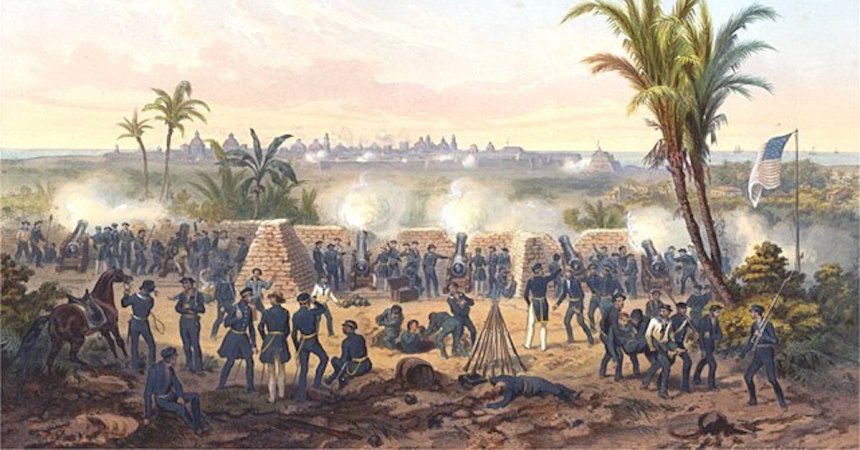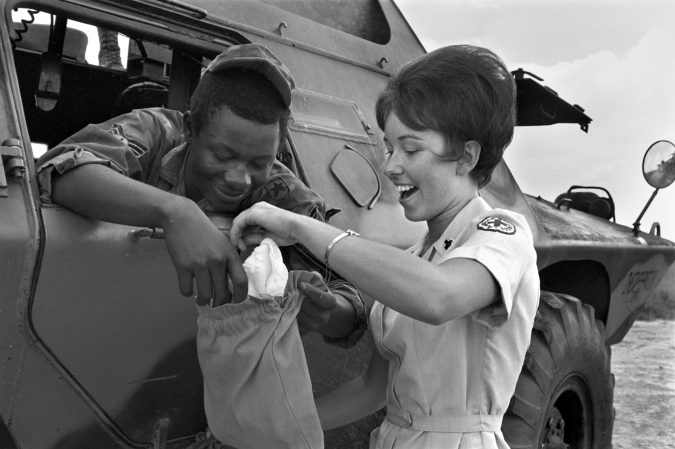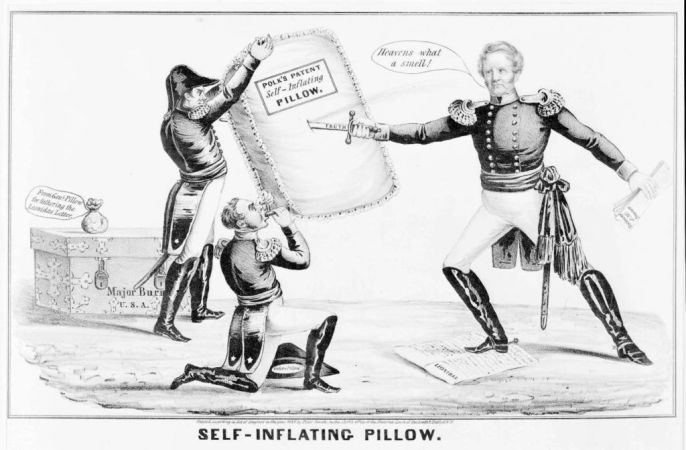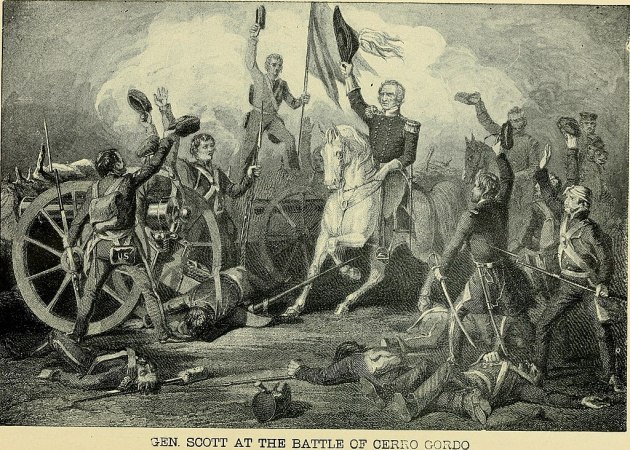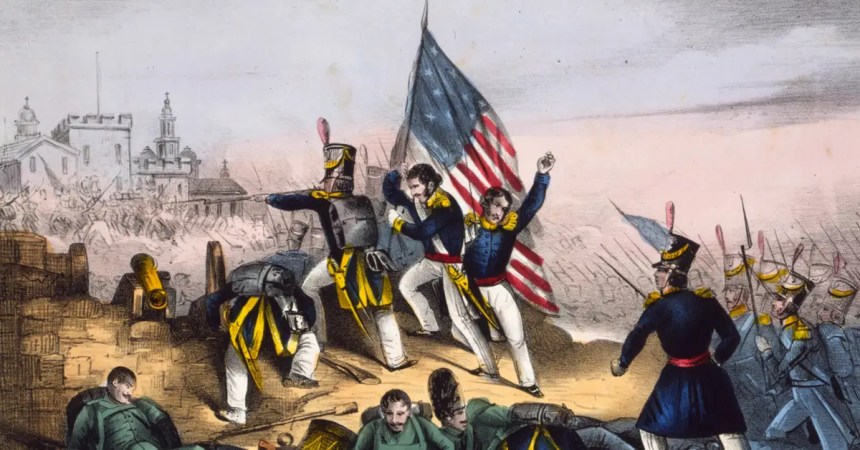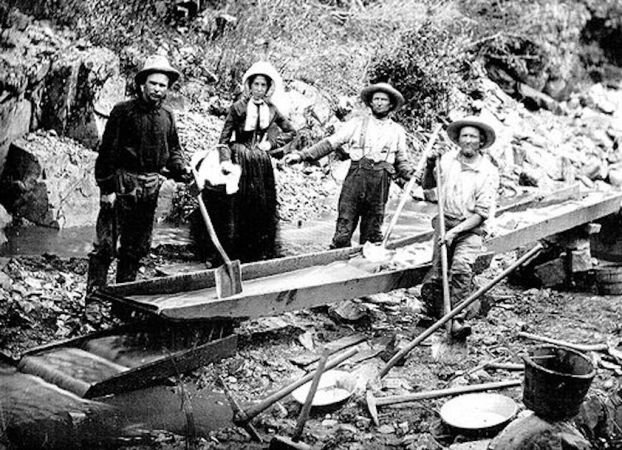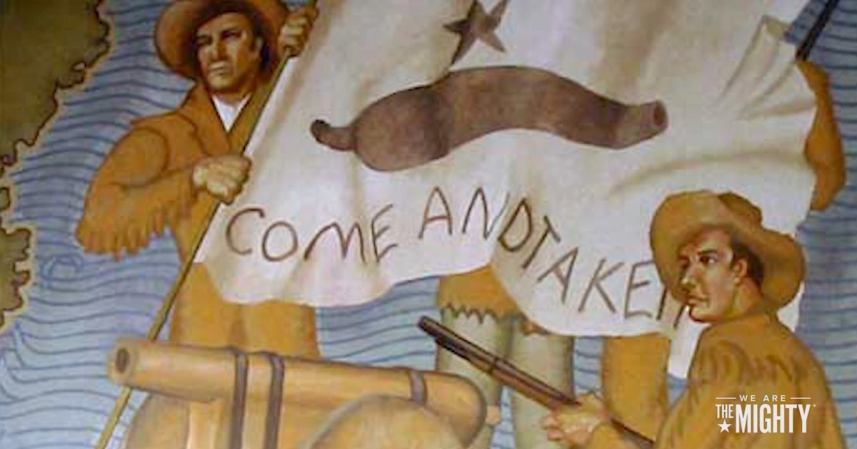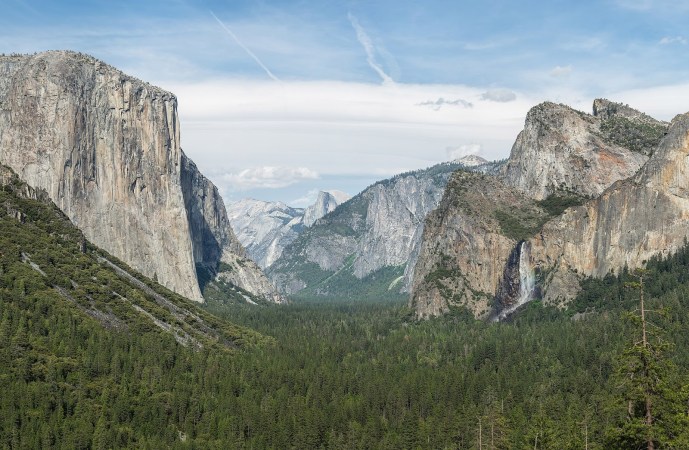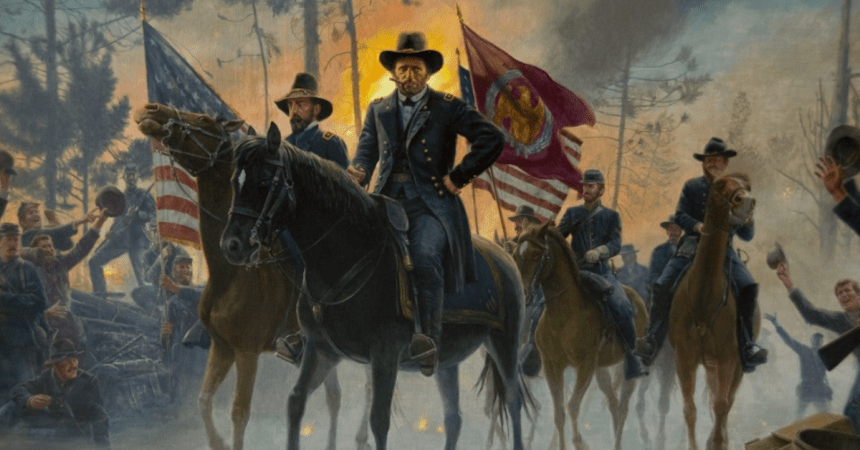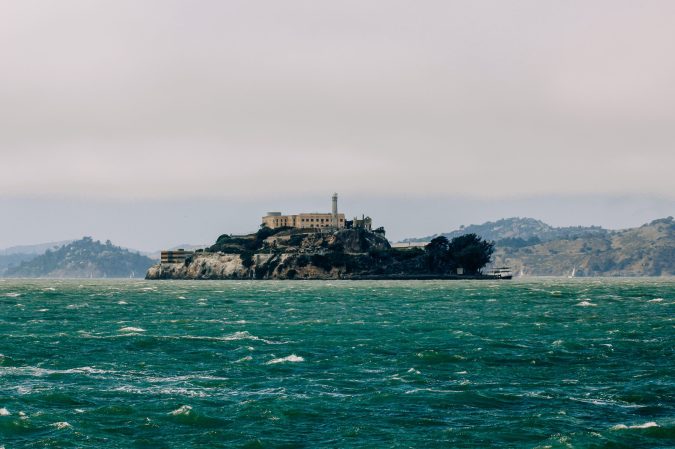The Battle of Chapultepec was a battle of the Mexican-American War that lasted from September 12 to September 14, 1847. After the Mexican-American War (1846-48), Mexico had to cede large parcels of its land to the United States, one of them being the once formidable Chapultepec fortress. With Mexican territory considerably reduced, it was now vulnerable to invasion from America. That’s to say nothing of its proximity to the capital, which meant that preserving it was an important strategic priority for the government. General Scott’s last obstacle to capturing Molina del Rey was the 15,000-strong army defending it.
Was there opposition to the Mexican-American War?
The short answer is YES.
Democrats in the Southwest have a particularly optimistic view of the war. However, many of the Whigs in power considered it baseless land grabbing. As you might expect, the Whig-controlled House voted 85 to 81 to censure Democratic President James K. Polk. The reason? They claimed he initiated the war without regard for the necessity of a conflict and without consulting the Constitution. In his own defense, Polk said that the invading Mexicans had “shed American blood on American soil.” But Abraham Lincoln took care of the matter by introducing a resolution determining exactly where the war between the U.S. and Mexico had begun.
So what happened?
Back in 1845, Mexico cut off relations with the U.S. shortly after America annexed Texas. The United States had reason to engage in armed conflict with Mexico due to their refusal of American claims and refusal for peace talks. President Polk proposed that it was in the best interest of the U.S. because there were no other options that would bring about a more favorable result (according to him).
That evening, Polk got word that the Mexican troops crossed the Rio Grande. Making matters worse, they attacked Taylor’s troops. Sixteen Americans were killed or injured. President Polk’s hastily revised message to Congress on May 11 responded to President Paredes’ speech. In his own remarks, he claimed that Mexico had invaded the U.S. and shed American blood on American soil and so the Battle of Chapultepec was underway.

The battle begins
Santa Anna installed General Nicolas Bravo to defend the castle. That’s to say nothing of the 1,000 troops, fifty military cadets, and artillery ready to go in nearby buildings and nestled in earthen structures. Then, beginning on September 12, Winfield Scott’s artillery bombarded the castle; on September 13, he launched his main attack.
During the Battle of Chapultepec, two divisions advanced from the west. First was Major General Gideon Pillow’s division, with Brigadier General William Worth’s in support. Brigadier John Quitman’s division approached from the south along a causeway. As the day drew to a close, Pillow’s troops fought through an area of trees near the base of Chapultepec Hill. But they couldn’t get up the hill, so Quitman sent a brigade to flank the position and another with ladders.
Troops surged over the walls and into the castle. The soldiers from the three divisions became intertwined as they all rushed in. The castle was won by 9:30 AM. Col. Quitman then led a charge of infantry from the south along the causeway to capture one gate.
At the same time, Worth trailed close behind, pushing forward with an artillery gun section and seizing another gate. By dusk, Worth’s and Quitman’s troops were in total control of the castle. Early in the morning of September 14, 1847, a Mexican delegation told General Winfield Scott the news that President Santa Anna and his army had fled San Luis Potosí.
The U.S. occupation of the Mexican capital occurred on September 14, following General Scott’s victories in Monterrey and Buena Vista.
The total number of losses included 130 dead, 703 wounded, and 29 missing Americans. Mexican losses account for at least 1,000 dead, wounded, or captured.
Battle of Chapultepec lore
Five teenage military cadets who refused to retreat, even after defenders were ordered to withdraw or regroup in Santa Anna and defended the castle to their death are honored. One participant allegedly jumped from the castle with a Mexican flag around his body so the Americans couldn’t capture it, and he was widely celebrated for that act in Mexico. Thirty captured members of the Saint Patrick’s Battalion, who had deserted from the U.S. Army to fight on behalf of Mexico were executed during the battle.
U.S. Major General William Harney ordered the executions to occur as the U.S. flag was raised atop the castle precisely at that moment.
In addition, the Marines’ Hymn, “From the Halls of Montezuma,” was inspired by their role in this battle. In fact, 90% of the Marines who took part in the battle were killed. Among Marines, the blood-red stripe on ceremonial dress blue trousers is a touching reminder of those who came before them.

How it’s observed today
Marines remember the efforts of their fallen each time they sing the opening lines of the Marines’ Hymn. Additionally, several Army officers who participated in the battle served as generals during the American Civil War. These include Ulysses Grant, Thomas Jonathan “Stonewall” Jackson, and Robert E. Lee, among others.
Finally, the Marine tradition of the ‘blood stripe’ continues today to honor the large number of Marines who died while storming the castle.
In Mexico, that battle still holds its place in national memory. Many in Mexico still consider the Niños Héroes (“Boy Heroes”) martyrs.
National Monuments in honor of The Battle of Chapultepec
There are no American national monuments that honor this battle. However, there is a monument in Mexico that honors the Niños Héroes. Officially it’s Altar a la Patria – Altar to the Homeland. It’s located in Chapultepec, Mexico City, Mexico.
FAQs about the Battle of Chapultepec
How long did the Mexican-American War last?
The war lasted from 1846-1848.
What was the outcome of the Mexican-American War?
The war formally ended with the Treaty of Guadalupe-Hidalgo. The U.S. acquired half of Mexico. This area later became California, Nevada, Arizona, Utah, and New Mexico. The conflict also served as training for many service members who would go on to fight the Civil War.
What does a blood stripe mean on a Marine uniform?
A blood stripe commemorates the countless Marine lives lost during the Battle of Chapultepec.
What’s notable about the Mexican-American war?
One of the most notable features of this war is that it included America’s first major amphibious attack.


